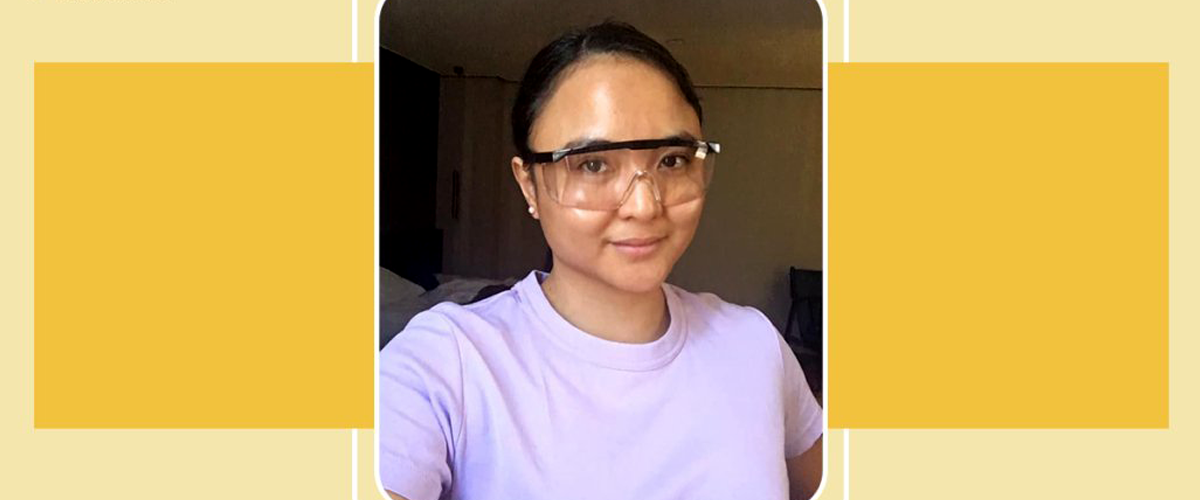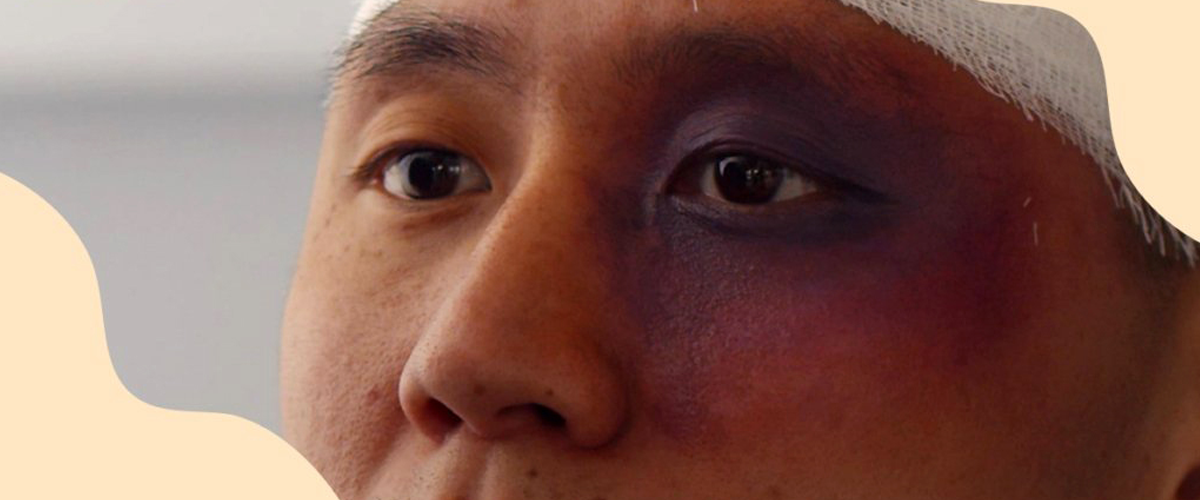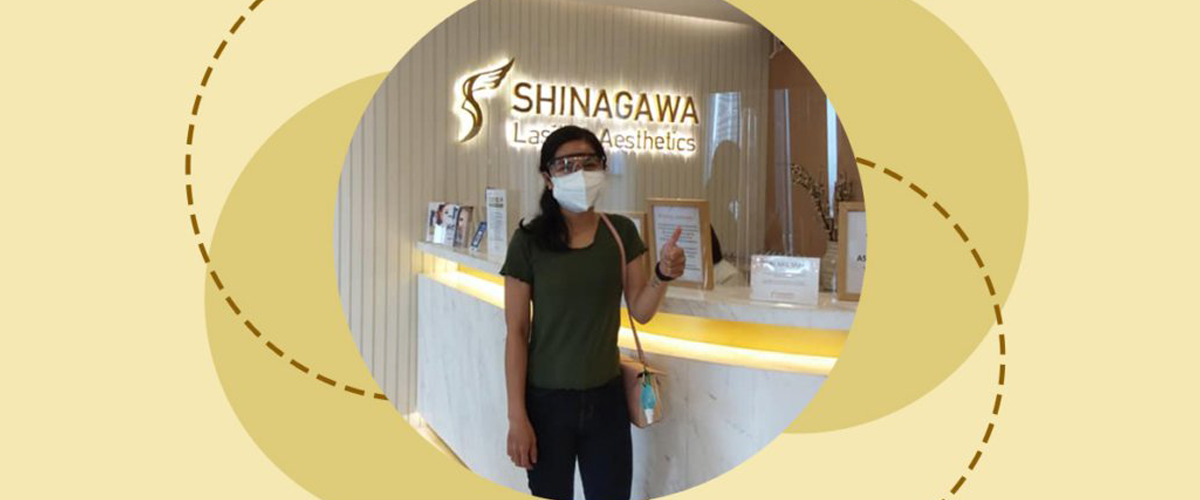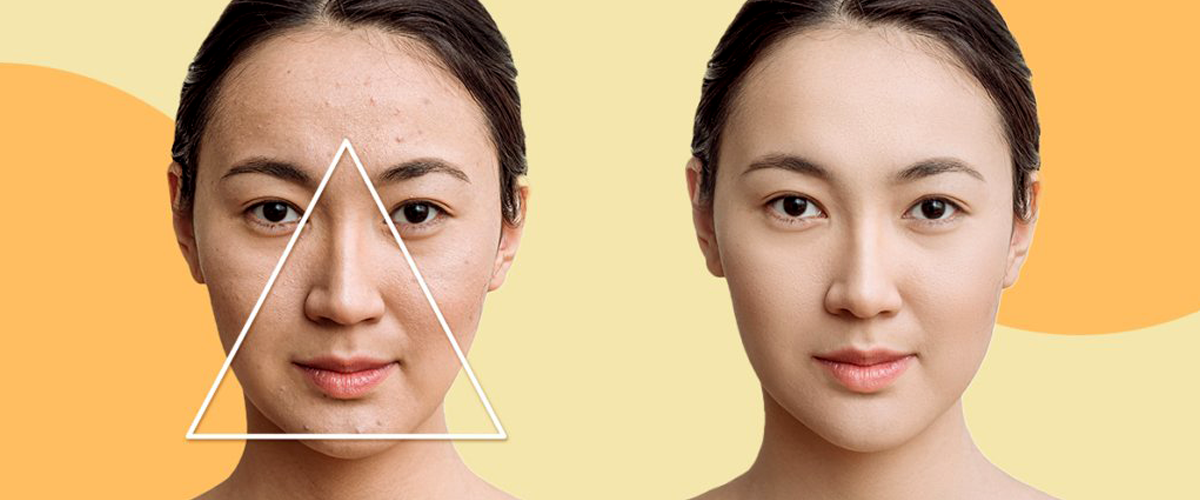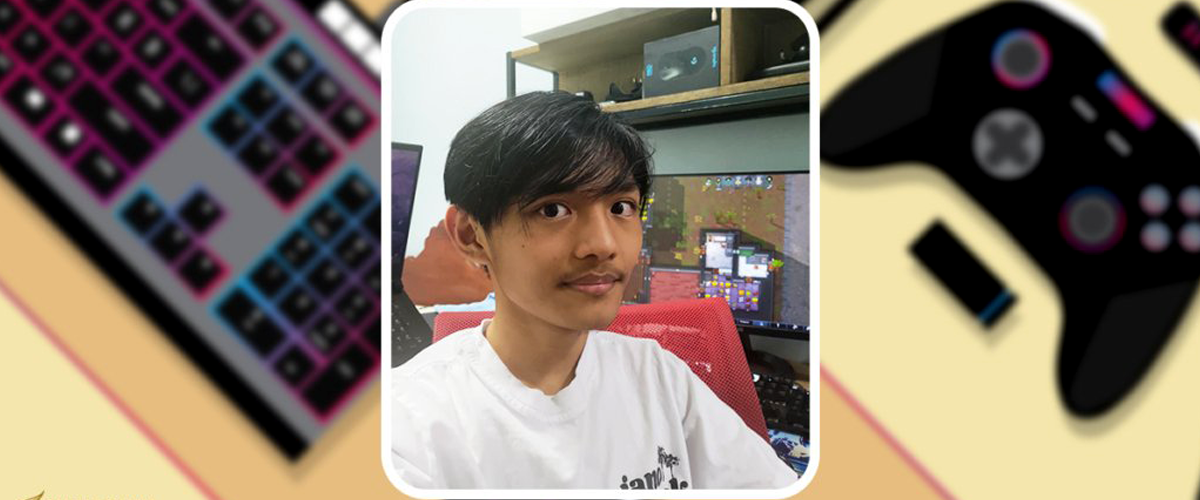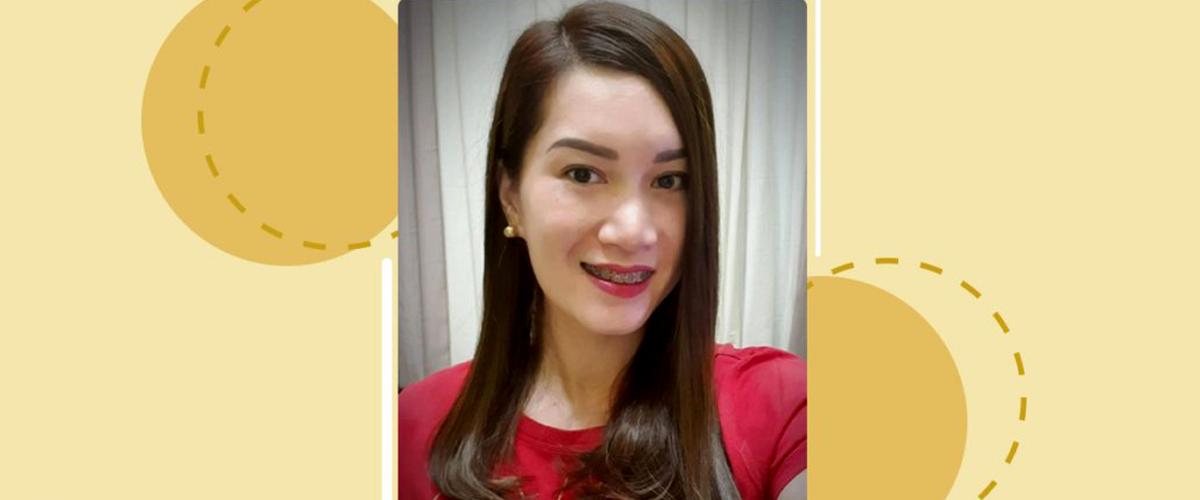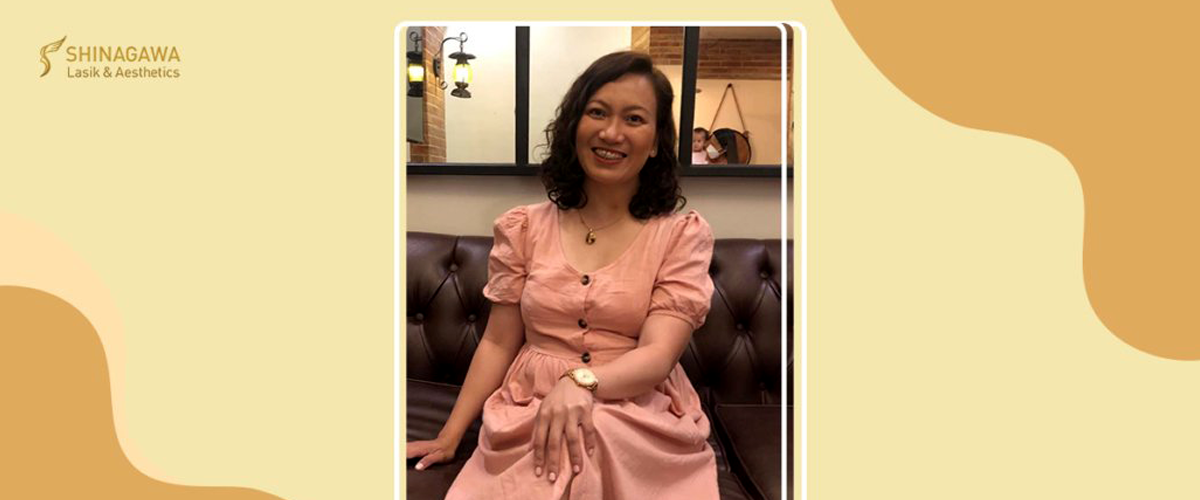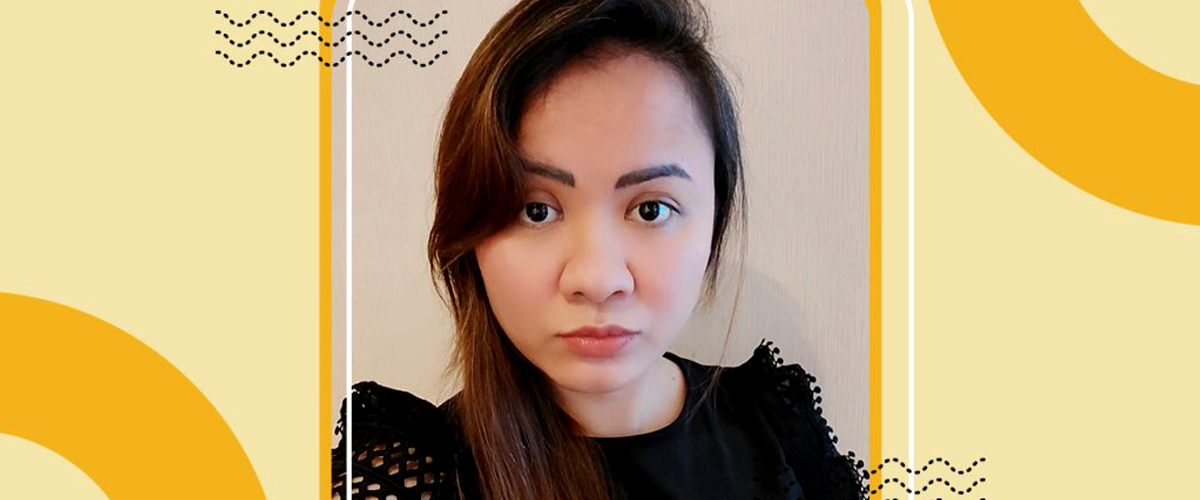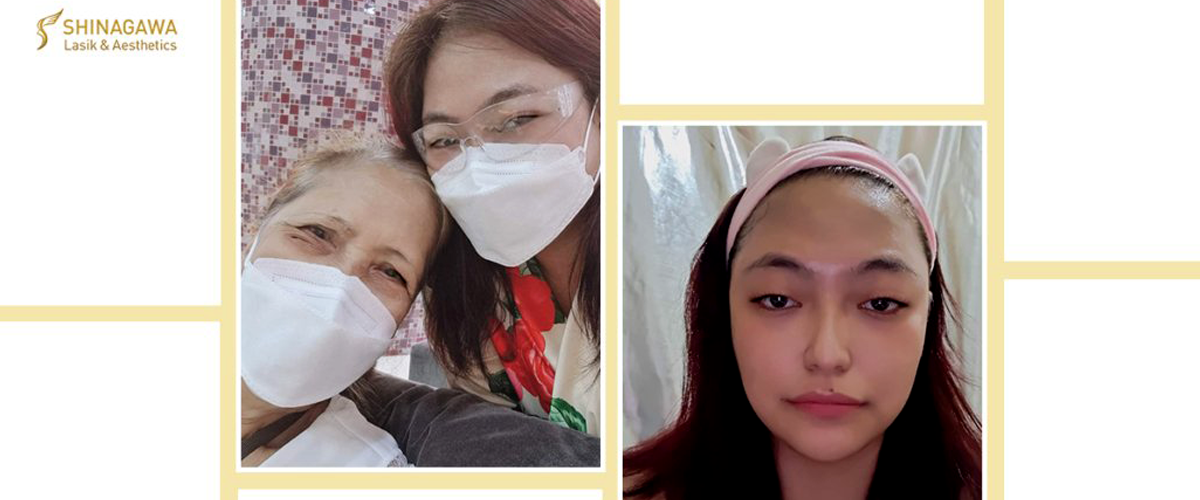
Happy Shinagawa Baby: Ysabel Pelobello
Ysabel Pelobello is one happy Shinagawa baby! After having a smooth, life-changing LASIK journey, she shared how happy she is with her 20/12 vision.I’m very happy I went to Shinagawa for LASIK! Very accommodating team. My vision is now 20/12,…


